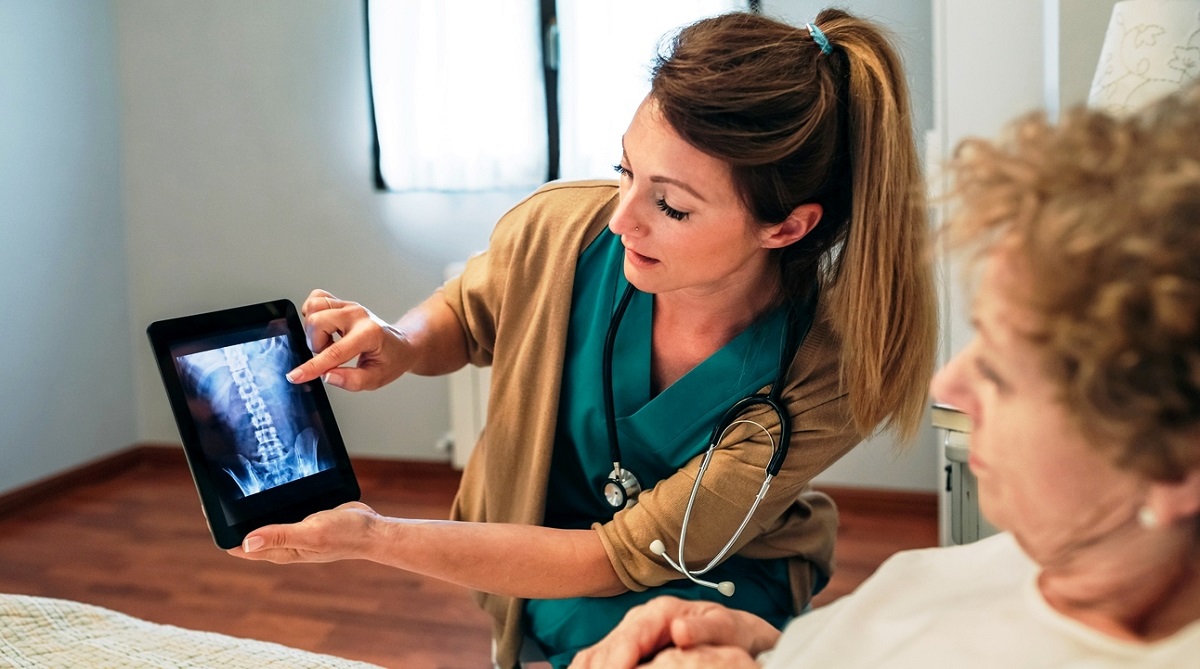For long, it has been believed that Vitamin D is very beneficial for bone health and has been recommended for older people to treat or prevent osteoporosis, a bone loss condition, with some early evidence suggesting benefits for bone health.
But, according to a new study conducted by Lancet, consuming Vitamin D supplements does not prevent fractures or falls or improves bone mineral density in adults, especially in women.
Advertisement
The study, published in The Lancet Diabetes and Endocrinology journal, however, found no clinically meaningful effect of vitamin D supplementation on total fracture, hip fracture, or falls.
There was reliable evidence that vitamin D does not reduce total fractures, hip fractures, or falls by 15 per cent — a clinically meaningful threshold.
Even when lower thresholds were assessed, there was still reliable evidence that vitamin D does not reduce falls by 7.5 per cent and total fractures by 5 per cent.
Lead author Mark J Bolland from the University of Auckland in New Zealand said, “Our analysis finds that vitamin D does not prevent fractures, falls or improve bone mineral density, whether at high or low dose. Clinical guidelines should be changed to reflect these findings.”
“On the strength of existing evidence, we believe there is little justification for more trials of vitamin D supplements looking at musculoskeletal outcomes,” Bolland added.
In the study, the team pooled data from 81 randomised controlled trials. Most included women aged over the age of 65 (77 per cent of trials) who lived in the community and who received daily doses of more than 800 IU per day (68 per cent of trials).
(With agency inputs)











